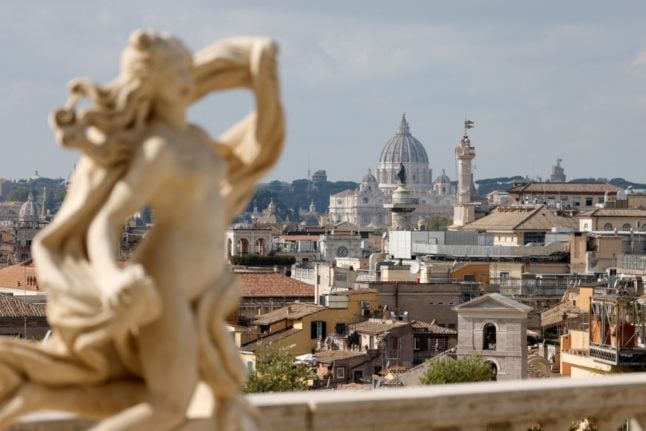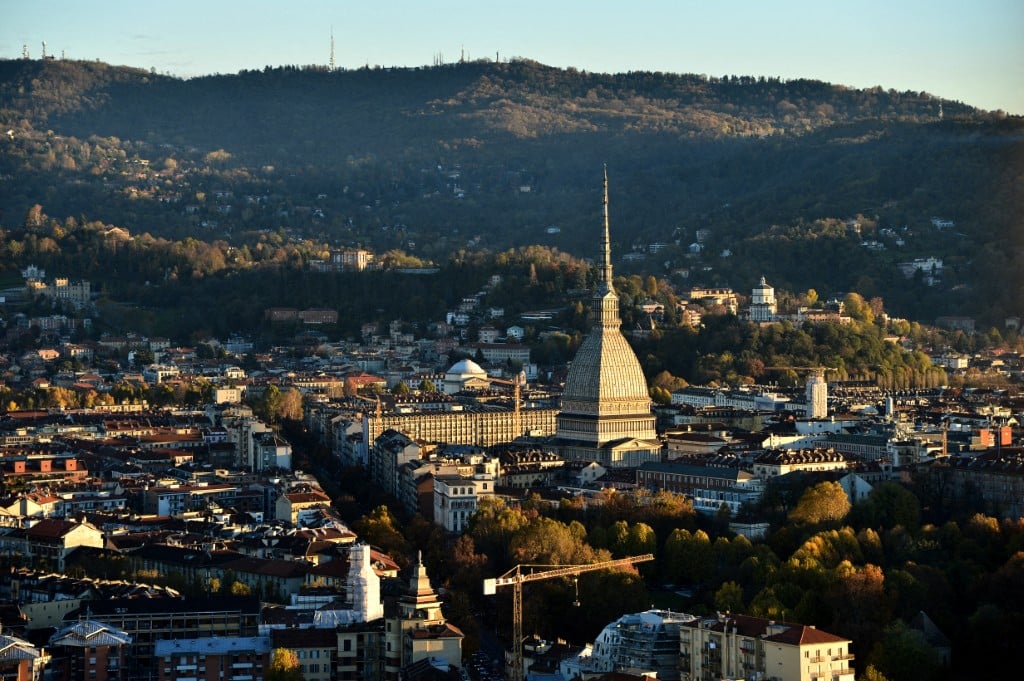Archaeologists and art experts are angry about the use of cement to reinforce the seven columns of the Temple of Peace, a landmark built in 75AD by Emperor Vespasian, who also built the Colosseum.
Architect Sandro Maccallini has claimed the restoration includes “a totally fake column, with a fake base, with a fake core and a capital that is probably fake” and the daily Corriere Della Sera has published photos of the materials being used at the site.
The city council’s cultural superintendency is seeking to restore the temple’s seven columns made of the highly prized pink granite which were shipped from the Egyptian city of Aswan during the Roman Empire.
“The Roman Forum will lose its identity as an archaeological site, unique in the world, where everything is precious and unique because it is authentic,” Maccalini said in a complaint cited by Corriere della Sera.
Tomaso Montanari, an art expert from Naples, also criticized the project. “You don’t have to be Doctor Freud to understand that the erection of the Temple of Peace’s columns is the result of an archaeology desperate for a pill that will revive it, naturally with the highest media profile.”
But the capital’s cultural superintendency said the decision to use the cement was based on the recommendations of a scientific technical committee, which said it was about “bringing back the ancient artefacts that are in pieces”.
Claudio Parisi Presicce, who heads Rome City Council’s arts and culture department, said the approach was akin to anastylosis, the reinforcement method used to restore the acropolis in Athens.
But Andrea Carandini, who heads Italy’s environment protection group Fondo Ambiente Italiano, said:“I am completely against choices like this. And even the works on the Parthenon are too invasive.”
The fiery debate over the Temple of Peace is the latest to emerge in Italy. Culture minister Dario Franceschini has recently been under fire over plans to restore the Colosseum’s arena for concerts and other performances, causing some critics to dub it the new “Las Vegas”.




 Please whitelist us to continue reading.
Please whitelist us to continue reading.
Member comments